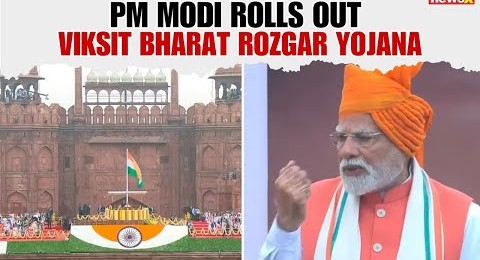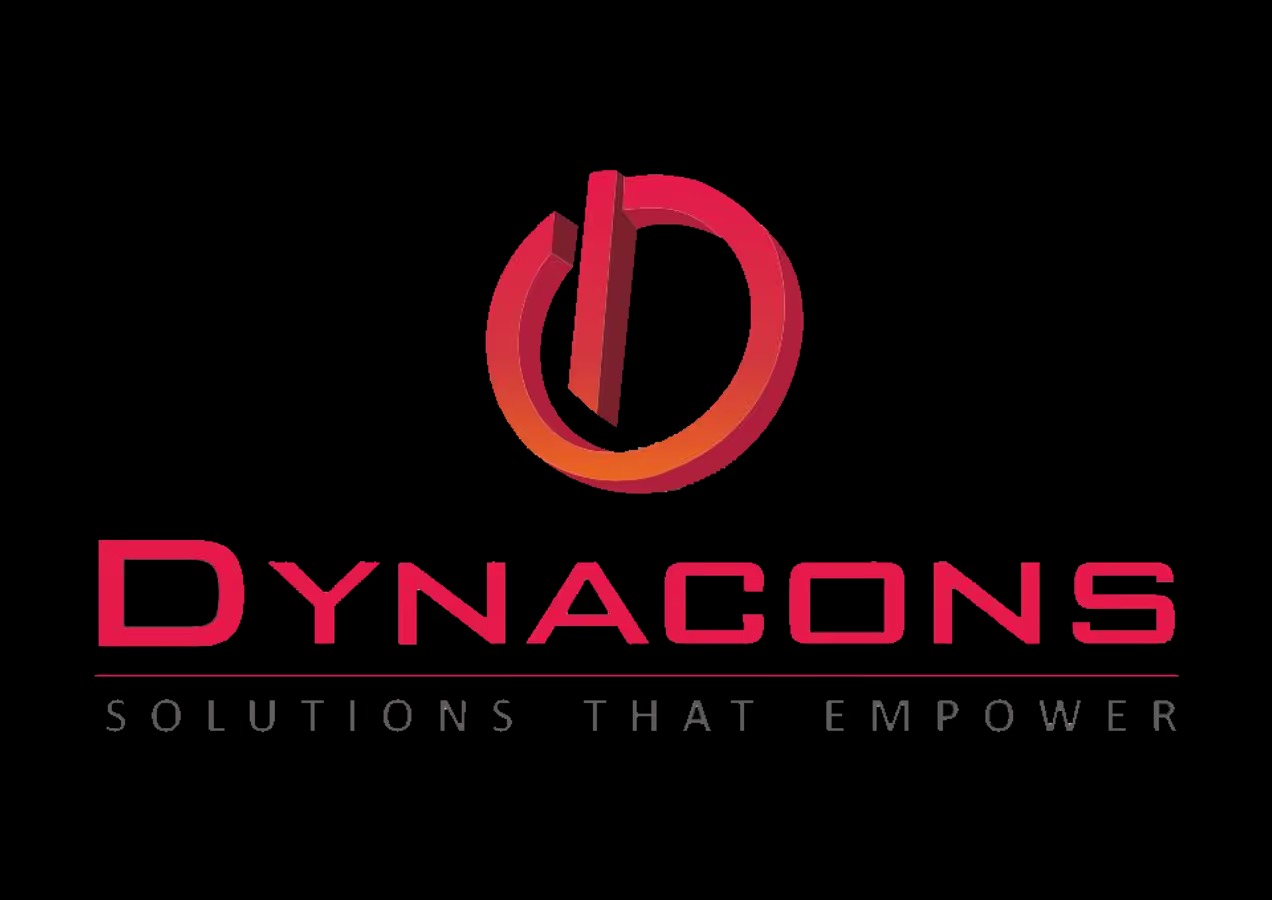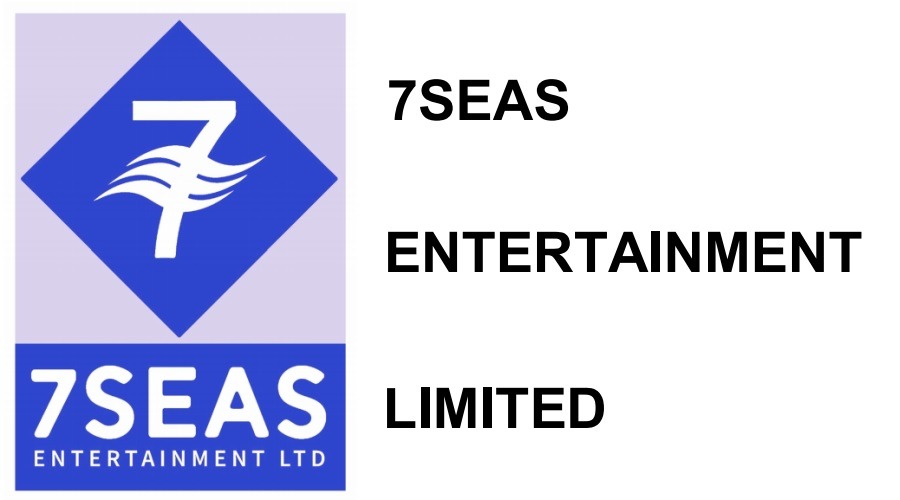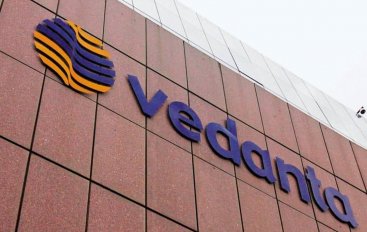
Follow WOWNEWS 24x7 on:

The Union Cabinet has today approved the ambitious Pradhan Mantri Viksit Bharat Rozgar Yojana (PM-VBRY), announced by Prime Minister Narendra Modi on Independence Day from Red Fort. With immediate effect, the scheme promises to transform India’s employment landscape over the next two years.
Key Highlights
Launch Date & Duration: The scheme is valid for jobs created between August 1, 2025, and July 31, 2027. Both job seekers and establishments will benefit from incentives for positions sustained for at least six months.
Outlay & Scope: The program carries a historic budget of Rs 1 lakh crore, aiming to directly generate over 3.5 crore jobs nationwide, focusing on empowering youth with sustainable employment, skill enhancement, dignity, and robust social security.
Dual Incentive Structure: PM-VBRY offers twofold support:
Young individuals securing their first private sector job will receive Rs 15,000 as direct financial aid, split in two installments to encourage workforce entry and retention.
Employers will be rewarded up to Rs 3,000 per month for each new hire fulfilling the criteria, with manufacturing sector establishments eligible for four years of incentives instead of two. Companies must hire at least two additional employees (if workforce is below 50) or five (if above 50), sustained for six months.
Eligibility & Application Process
For Youth: The scheme targets first-time employees in the private sector with monthly incomes up to Rs 1 lakh. Applicants must register under EPFO, generate and activate their Universal Account Number (UAN), and complete necessary face authentication.
For Employers: Companies registered under EPFO are eligible. They need to recruit new employees, register them, fulfill eligibility norms, and file required returns (Electronic Challan-cum-Return).
Exempt Establishments: Firms exempt under EPF & MP Act, 1952, and Trusts can also participate after fulfilling documentation norms.
Special Features & Additional Requirements
Skill Development: There is active promotion of internships, self-employment, industry-academia interaction, and ongoing skill improvement programs across sectors.
Financial Literacy: Beneficiaries must complete a financial awareness module to access the full incentive amount, positioning them for smarter economic participation.
Mandatory EPF Contribution: All jobs and establishments must contribute to the Employees’ Provident Fund.
Saving Promotion: A share of the incentive is directed into savings schemes to support long-term financial stability.
Digital Platforms: Applications and data management are facilitated via the UMANG App and related digital infrastructure for real-time processing.
Sectoral Focus & Extended Benefits
Manufacturing: Manufacturing sector companies receive incentives for four years (vs. two years for other sectors), making this area a central pillar for employment creation.
Inclusive Growth: Expansion targets startups, MSMEs, and traditional industries alike, aiming for balanced, region-wide employment growth.
Implementation & Oversight
The Ministry of Labour & Employment is the nodal authority for PM-VBRY, ensuring transparent implementation, timely disbursement, and periodic review to adjust incentives as needed.
Electronic monitoring and data checks will be used for compliance, minimizing paperwork and speeding up incentive transfers.
Why This Scheme Matters Today
As India marks its 79th Independence Day, PM-VBRY represents a bold leap toward a developed and self-sustaining economy. It reflects the government’s resolve to convert India’s demographic dividend into tangible economic progress by bridging opportunity gaps and unlocking the nation’s creative potential.
Key Relevance for Stakeholders
Youth entering the workforce gain direct financial benefits, enhanced career prospects, and skill development opportunities.
Companies benefit from lower hiring costs, longer-term support (especially in manufacturing), and regulatory ease.
The nation as a whole sees accelerated progress toward Viksit Bharat, fostering innovation, entrepreneurship, and economic resilience.
Source: Economic Times





